
Hillside Landscaping Ideas For Beginners
Published: 01/12/2023 | Updated: 18/12/2025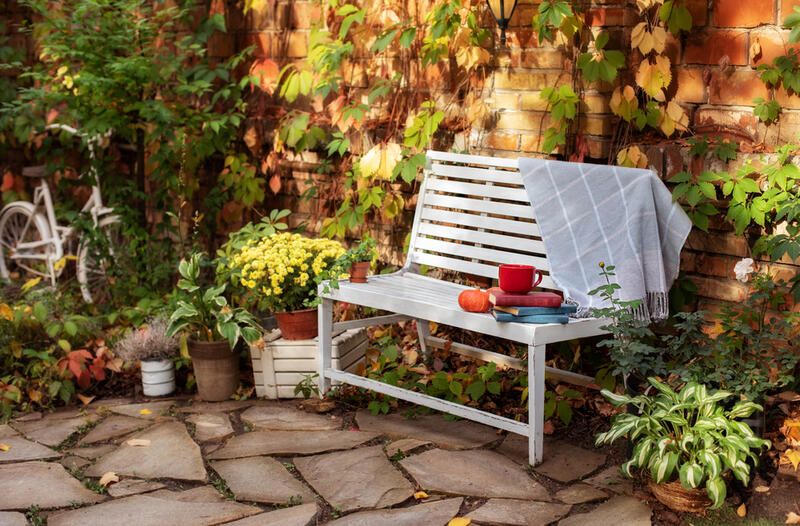


Hillside landscaping is both a challenge and an opportunity. It's challenging because the natural slope of your yard makes it difficult to get things just right. But it's an opportunity because the hill itself can be used as an attractive design element, adding curb appeal to your home.
As long as you follow some basic rules, you'll be able to transform that steep slope into a space as lovely and inviting as any flat lawn on your block!
In this guide, ShrubHub will help you add a whole new level of intrigue to your property with some beginner-friendly hillside landscaping ideas.
Plan Before You Plant
If you're a beginner to landscaping, the best thing you can do is plan before you plant.
Planning will help you avoid costly mistakes, maximize your space and make the most of your budget. Planning also helps create a beautiful landscape.
It's easy to get caught up in the excitement of planting new trees and bushes and forget about what's going on around them.
If you're planning on planting any sort of tree or bush, whether it's in an ornamental hillside garden or just as part of your lawn maintenance plan, it's important that they have room to grow!
For example, trees need space so they can grow upward, bushes need room so they aren't all crammed together like sardines; even groundcover plants need plenty of breathing room between themselves and other plants nearby.
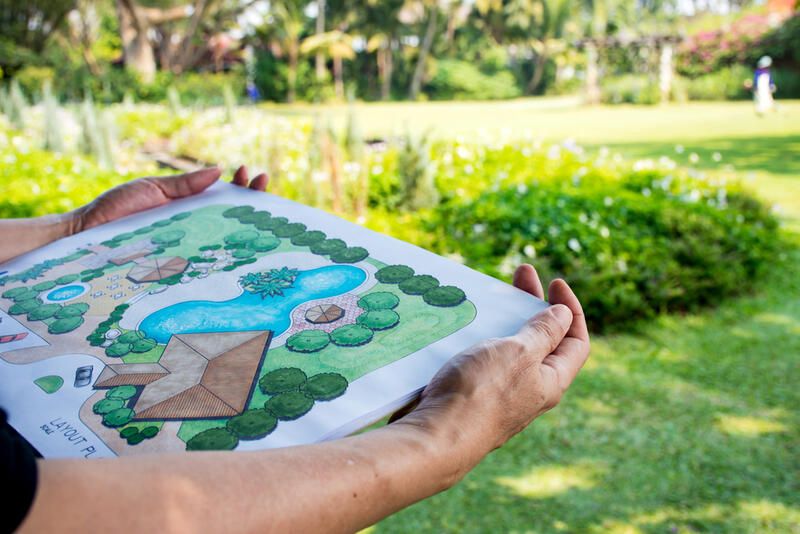
Contact Your Local Utility Companies
The first thing you need to do before you start decorating your hill is to contact your local utility companies or homeowners association.
Make sure you know where all the utility lines are, along with any underground pipes and power lines.
The last thing you want is to hit a gas line or electricity line during construction, so calling these companies will help get them out of the way before you start digging up anything.
Phone lines can also cause problems, as they're usually buried very close to power lines. Cable providers are a bit more lenient in terms of where their cables run (in most cases), but it's still good practice to call them as well—especially if there are any trees growing near where your cable comes into your house!
Test Your Soil
Testing your soil can tell you a lot about it, including what plants will grow there, how much fertilizer to use, and how much water.
Soil testing can also help determine if you have clay or sandy soils. Clay soils typically need more water than sandy ones, but they can be harder to work with because they don't drain well and tend to hold onto water after rain or irrigation events.
To test for these things:
-
Dig up three holes in the garden bed (one at each corner) and take some dirt from each hole.
-
Mix all three piles together in one container so they're homogeneous.
-
Take this mix back outside where it's dryer and form a ball with it using your hands.
-
If the ball holds its shape, but breaks apart easily into pieces when squeezed between your fingers then this indicates that your soil has plenty of organic matter (good news you have loam soil!).
-
If the ball is moist, sticky and holds its shape, then you probably have clay soil. In this case you will need to modify your soil by adding more sand. You can consult a gardener if you’re not sure how.
-
If the ball doesn’t even form and falls apart when opening your hand. That means you have a sandy soil with low nutrients which will require a lot of fertilizers.
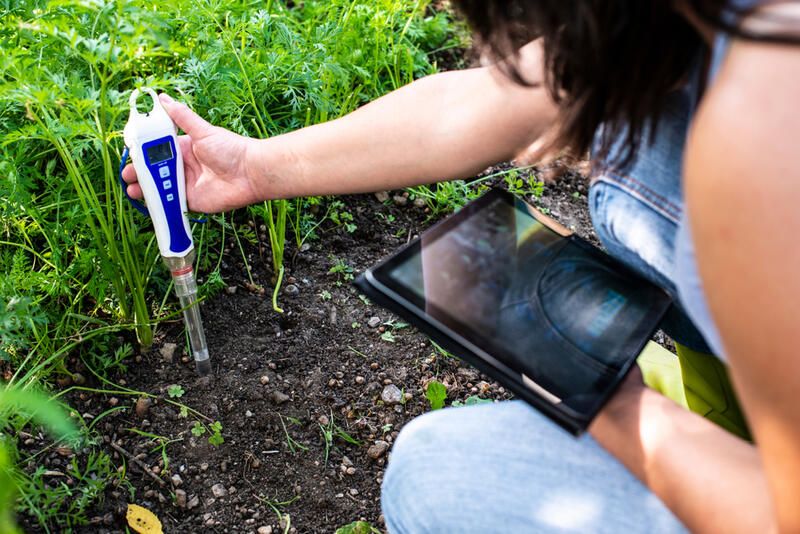
Start With a Small Area
Decorating your Hills can be intimidating, so don’t feel like you have to do it all at once. Start with one area and see what works for you before you begin decorating the rest of your Hills.
This will help keep things fresh and exciting when starting out, rather than having everything look the same throughout all of your Hills. It’s also easier to see what works and what doesn’t when starting out on a smaller scale!
Before planting anything in your Hills, make sure that it's suitable for plants (in other words: not too wet or sandy).
Also check if there are water drainage issues in certain areas by conducting a little experiment by placing some rocks or wood onto different parts of each hillside — this will tell you whether or not those areas would be suitable for planting anything at all!
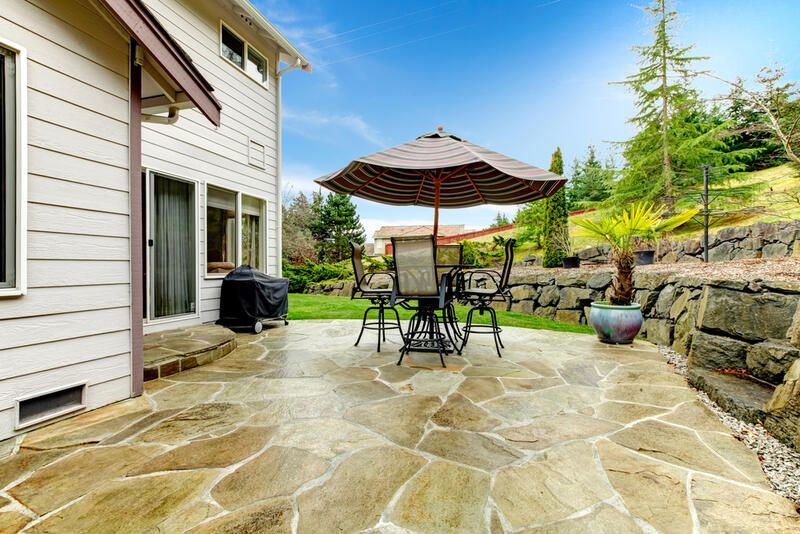
Find Local or Online Hill Landscaping Services
If you’re like me, you may be tempted to do your own landscaping. But when it comes to something as complex as hillside landscaping — and especially if you are just starting out — hiring a professional team is the best way to get the job done right.
Why? Well, there are several reasons that hiring a professional is so important:
-
A pro landscaping company will have years of experience in their field that can help guide them towards making smart decisions about plant selection for hillside landscaping.
-
They will be able to tell you where plants should go based on sunlight, soil conditions, and other factors related to location.
-
They will also know how much time each plant needs before they should be replanted in order for them to thrive.
-
Some services include regular maintenance plans so that they come back every six months or so for checkups on any newly installed trees, shrubs, flowers, etcetera.
However, we always recommend getting several quotes before deciding on one contractor because you might run across a lot of over-priced options on your way. You can also check online 3D landscaping services like ShrubHub's for more affordable, flexible options.
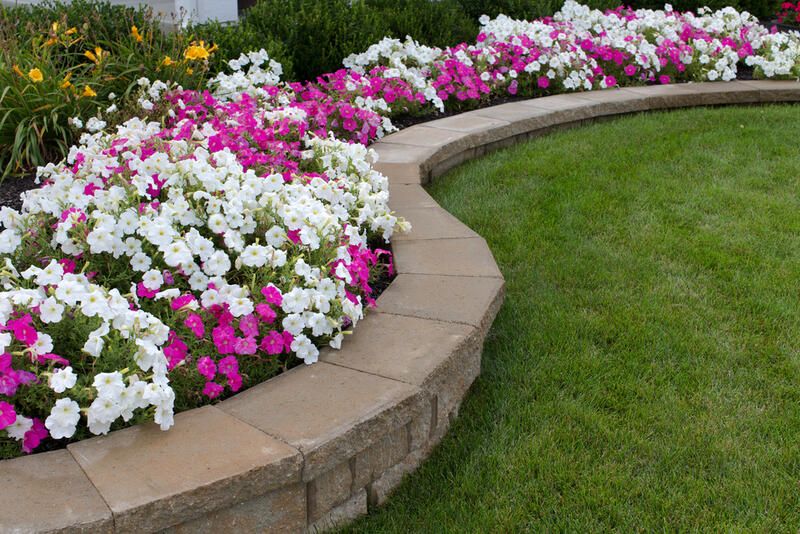
Don’t Make the Mistake of Planting Grass Only
Avoid planting grass on a steep incline. The roots of the plant will not be able to get enough water and nutrients, and they will start dying off. This is obviously a bad thing, so make sure you avoid it by not planting grass on your hillsides or sloping lawns. Avoid planting grass on a sloped yard as well.
You can have your choice of plants, but it is best if you choose something that doesn't need much water, like cacti or succulents!
Plant native plants in your landscaping project for best results since they are already adapted to the climate conditions in your area and require less maintenance than other plants would (less watering).
Utilize Hardscape Materials
So what do you do when it's time to decorate your hills?
Here are a few ideas for creating a unique look that will wow your friends and neighbors:
-
Use natural materials such as rocks, stones and boulders to create barriers, walls and terraces.
-
Use wood or other materials to create pathways and stairs.
-
Utilize metal to create fences, gates and other structures on the hillside.
-
Use metal or plastic to create a retaining wall (these are especially useful if you're building an outdoor bar).
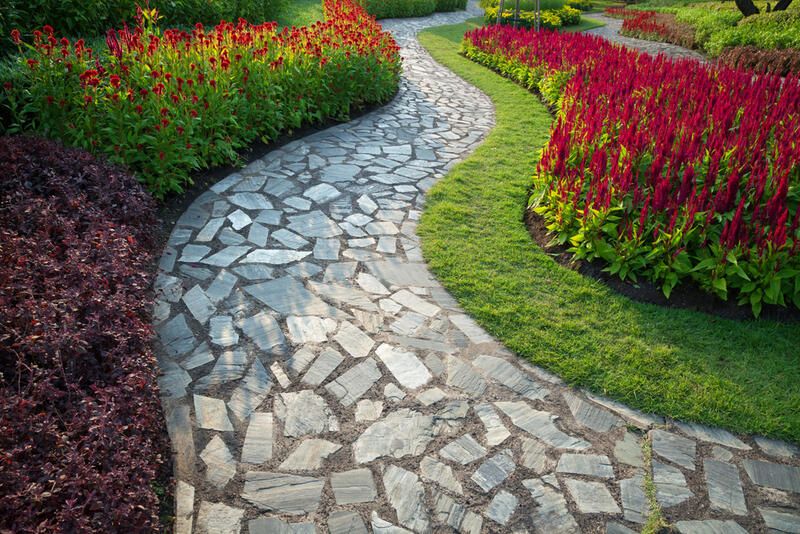
Add Stone Steps and Benches
Stone steps are a great addition to any landscape, especially when you’re looking to create a path. They can be made from any kind of stone, but the most common option is flagstone.
This type of stone comes in many different shapes and sizes so that you can choose the right look for your home or business!
Add stone benches at intervals along your walkway as well. These will not only provide seating space for visitors but also add some visual interest with their varied forms and textures.
If you’re short on time or money, consider building simple wooden benches instead — they won’t be quite as attractive as the ones made by professionals but they will still look nice!
Test the Drainage on Your Hill
In order to know how best to landscape your hill, you need to know if it can handle the water that will run off your landscaping. You also need to be aware of drainage in case you're building something large on a steep hill.
If you've already built a structure, use these tips to help with drainage:
-
Test the drainage by digging a trench around your project and look at how fast the water drains out of it.
-
If the soil is too dense or clay-like (you'll see brownish-colored soil when there's too much clay), add sand and compost manure until it is loose enough for good drainage but not so loose that it becomes sandy or sandy-loam.
-
If your site does not drain quickly enough or if there are standing pools after rain storms, consider installing French drains which are basically ditches filled with gravel that lead away from buildings and prevent them from getting flooded by runoff from hillsides above them.
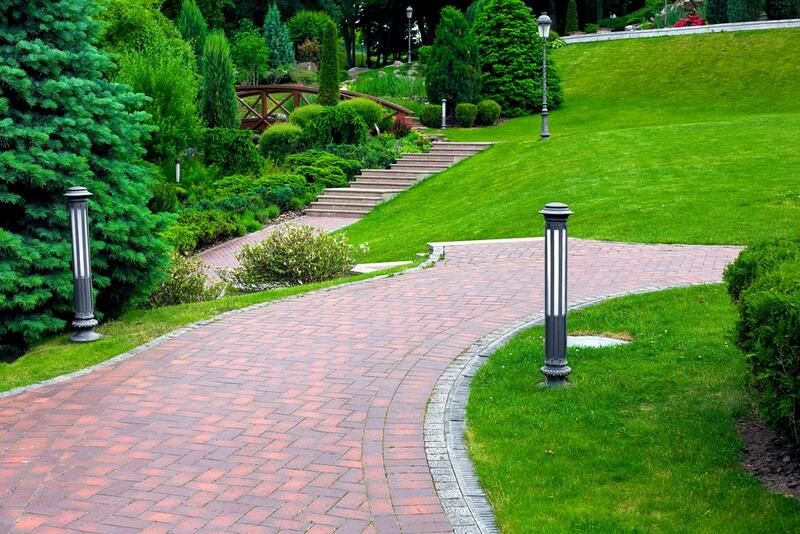
Choose Plants That Are Appropriate for Slopes
Even if you're planning to hire an expert, your next step is to learn more about the plants that are appropriate for the slope and soil type of your hill.
If you have a steep, rocky incline, consider planting grasses that require little maintenance or even no cultivation at all. These include Blue Oat Grass (Helictotrichon sempervirens), Dwarf Muhly Grass (Muhlenbergia porteri), and New England Fescue (Festuca novae-angliae).
You might also want to consider using groundcovers like Forget-Me-Nots or Creeping Thyme to prevent erosion.
If your hills are relatively level or have a gentle slope, but still have sandy soil and drainage issues, there are several shrubs that can thrive in these conditions. These include Bayberry bushes, which thrive in coastal areas where they're exposed to salt winds. Other plants like Boxwood will also grow well with proper irrigation.
Holly trees such as English holly varieties may be planted as borders along pathways!
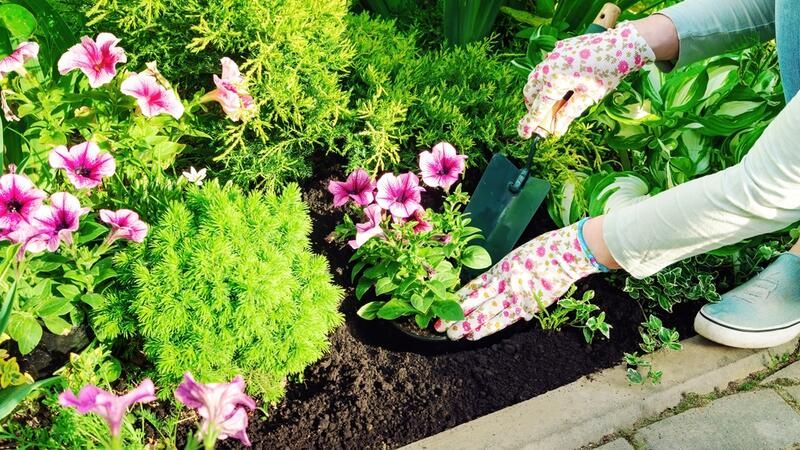
Avoid Erosion With Textured Mulch and Natural Stone Walls
While it's always a good idea to have as much hillside garden space as you can, remember that some regular landscaping maintenance is required to keep it looking its best. If you don't know what that means, don't worry—it's not too complicated.
Avoid soil erosion at all costs! Soil erosion on hillsides can be especially problematic because it causes damage to the hillside itself and can also cause problems for other areas around your home or property.
The best way to prevent this problem is by using textured mulch and natural stone walls around your property.
You could also add rock or gravel gardens and terracing as additional solutions for preventing erosion in your landscape design choices
Add a Touch of Elegance With a Rock garden
Rock gardens are an excellent way to add interest to your hillside landscaping. Placing rock gardens in low-maintenance areas is a great idea because they won't be trampled or destroyed by people or animals, giving them time to grow and develop into something beautiful.
Rock gardens can be built with natural rocks that have been collected in the field, or they can be built using artificial rocks. The latter has the advantage of being able to use any shape and size of stone (or other type of material) desired, whereas naturally occurring stones may not always fit your design perfectly.
A good rule of thumb when choosing between natural and artificial materials is that if you're going for more traditional looks, stick with real ones; if you want something modern and edgy then go for synthetic options instead!
The size of a rock garden depends entirely on how much land you have available. In general though I would recommend keeping things small so as not to overcrowd their surroundings too much. This means keeping all plants at least 1 meter away from each other.
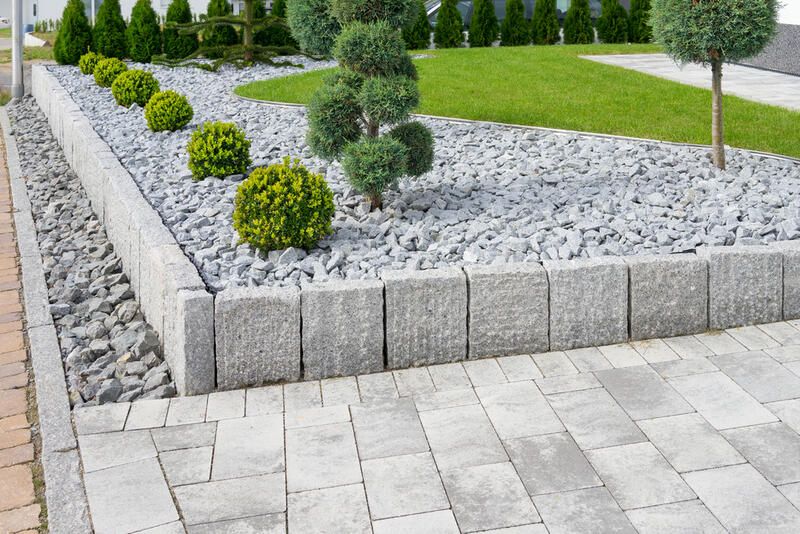
Create Levels on Your Hill
When landscaping your hill, it's important to create levels in order to make the most of the space. One easy way to do this is by using retaining walls.
Retaining walls are a great way to hold soil in place, and they can also be used to create different levels on a hill. You can use different materials for your retaining walls, such as concrete, stone, or brick.
When designing your retaining walls, be sure to take into account the materials you'll be using, as well as the slope of the hill.
If you're not sure how to get started, consult with a professional landscape designer. They'll be able to help you create a beautiful and functional landscape for your home. And if you don’t want to waste a lot of money on that, then you can check out our landscaping options!
Create an Enticing Pathway Leading Up or Down the Hill
Use this rule of thumb: if a person in a wheelchair can get up or down the hill, then you’re doing just fine. Make sure your pathway is wide enough for wheelchairs and other mobility aids to pass through without obstructing anyone’s path.
It should also be well lit at night to ensure safe and easy passage for everyone who uses it. This includes being maintained and cleaned regularly.
Finally, don’t forget about aesthetics! The last thing you want is an unattractive design element on your hillside landscape that ruins the overall look of your property!
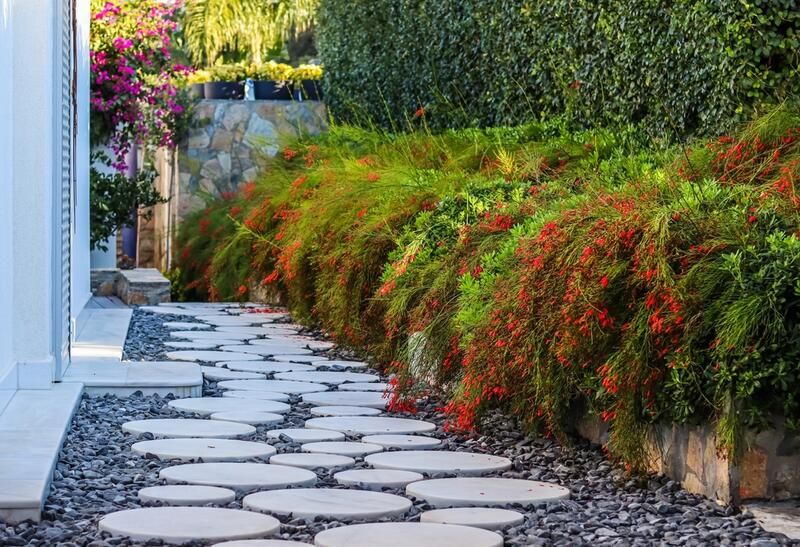
Drainage and Irrigation Are Key Elements of Successful Hillside Landscaping
If you’re building on an incline, make sure there is proper drainage. If it doesn’t have any then you may end up with water pooling in your front yard. This can be dangerous if there are children or pets around as they could easily be injured by slipping on the wet ground.
In addition, make sure that your yard is well-irrigated. If there’s no water flowing through the soil then it will become dry and brittle over time. This can cause erosion if you don’t have adequate drainage in place as well.
It's important to get drainage and irrigation systems designed by professionals, because if you don't, you could end up with a lawn that has more holes than grass. But it's also critical to have those systems installed by pros so that they're properly integrated into the rest of your landscaping plan.
Make Your Hillside Landscape Easy to Maintain With Terracing and Other Solutions
Terracing is a great way to make your hilly yard easy to maintain. It's also an attractive way to make the most of your space and add some variety. Here are some ways you can terrace your yard:
-
Use concrete blocks or brick to create raised beds or terraces that will help you grow plants and keep them watered, especially if you live in a dry climate.
-
If drainage is an issue, consider building a stepped stone path between the steps and use it for both maintenance purposes as well as aesthetic appeal.
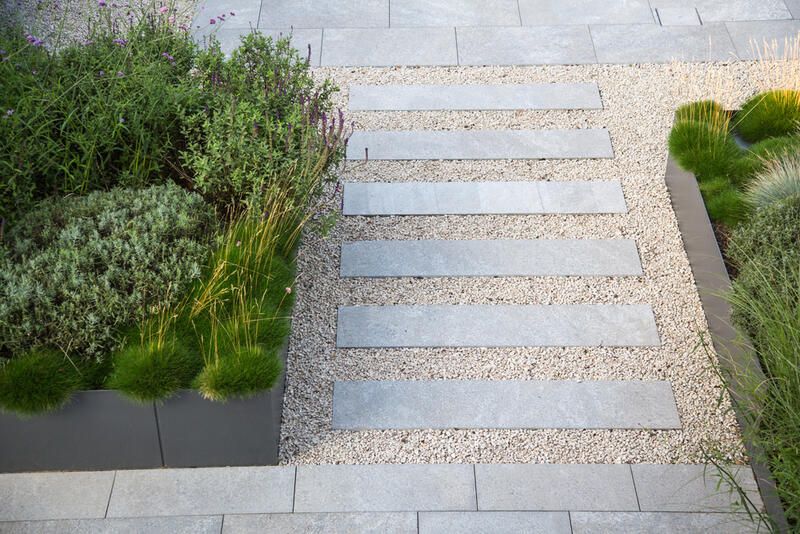
Taking this into account,
Decorating hillsides can be challenging, but the results can be stunning. It requires some thought as you need to consider how much sun will reach your plants, how well they will grow in the conditions created by your choices, and what plants might look good together when planted on an incline ground.
You'll need to take into account drainage issues too; if water pools on sloping surfaces it could cause problems for roots which aren't receiving enough oxygenated soil around them (a problem which gets worse over time).
With these tips, you can start decorating your hillside. The most important thing to remember is that it’s a slow process. Take your time and test the soil, check the drainage, plant some plants first and then add more later on if they do well in this environment.
Don’t get discouraged if things don’t work out right away; after all, you have plenty of time!
And if you're considering hiring a professional landscaping company, don't forget to check out ShrubHub's 70% discounts on yard landscaping options!


